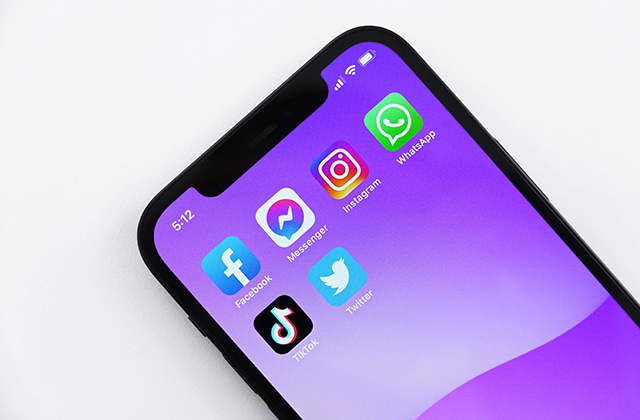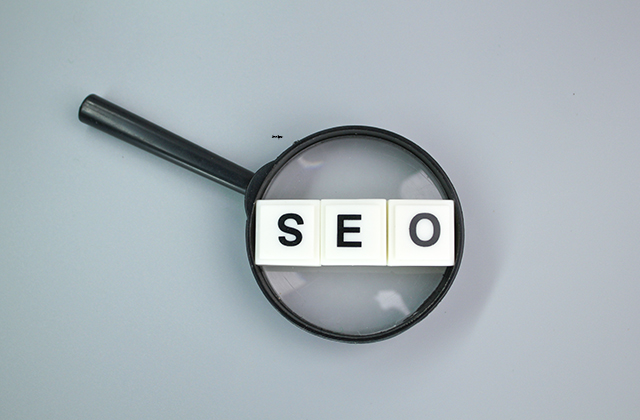Social media platforms provide a way for millions of people to connect with each other. They are the largest scale human contact systems in history, possibly in all of history. And they are getting bigger. The first big social media platform was Myspace, which democratized web design to let anyone make their own web page. It became popular because it let musicians reach fans, and people make friends all over the world. Today there are more than twice as many people using Facebook than there were using Myspace at its peak. Social media platforms are important because they create connections that wouldn’t otherwise exist. It’s not just that you can follow someone on Twitter instead of just knowing their email address; it’s that having all your followers see what you write means you can’t avoid communicating with them. Social media platforms are already doing things we couldn’t have imagined ten years ago. They are changing what news organizations do, how governments work, how businesses operate. Their influence will grow even more quickly now that their reach has expanded to include most of the human population on earth. Social media Sydney uses different platforms that are currently running some ads.
Social media is not really about us or our friends. It’s about the companies that own the platforms and the advertisers who buy space on them. It’s about attention, which has become the scarcest resource in an Internet-dominated world. Everyone wants attention, but traditional media companies are having a hard time competing with social media platforms. This is because they are at odds with each other over how best to use our attention. Traditional media companies sell ads for specific shows at specific times. Social media platforms are more flexible. They can sell ads whenever someone looks at their site, whether it is when they visit Facebook at three o’clock in the afternoon or three o’clock in the morning, or whether they are looking at pictures of their children or cat videos. They can also sell ads based on their guess of what you might want to buy next, which is why they track your browsing history and each time they notice you go to Amazon or eBay they show you ads for similar products.
We have so far been thinking of the social media platforms as large centralized services that exist on the web. But Facebook and Twitter and Snapchat are all in a sense manifestations of a single technological trend: the rise of distributed social networks. In the past decade, the number of people using social media has risen from nothing to something like 2 billion. In terms of scale, this is a bigger change than most people realize. At its current growth rate, half the world’s population will be on social media platforms in a dozen years. That means the future will look different from anything we have seen before. It might look different in ways we can’t yet imagine. But it is also already starting to look different in ways we can see: through the rise of fake news and “filter bubbles,” and through the radicalization of online discourse, which has made it harder to talk across ideological lines.
Facebook, Twitter, Instagram, and Google have changed our lives in some dramatic ways. But for most of us, the biggest change will not be the ways they have changed how we communicate with each other. It will be the ways they have changed how we communicate with our own minds.
Social media platforms began as a grand and glorious experiment. They were meant to allow people to connect and share and collaborate in ways they never had before. And the platforms did create unprecedented new ways for people to interact. But as often happens with such experiments, things didn’t turn out exactly as planned. The most obvious problem with social media is all the junk. Everyone agrees on that. The more interesting question is why it turned out this way.
Social media is a technology, not a political movement. The technology has been created. It is here to stay. We can’t uninvent it or repeal it or burn it. Social media platforms are the new public square. We all have to learn how to use them, and we’re going to have to figure out how to make them better. In the long run, the rise of social media platforms will be good for everyone. They will increase competition, reduce monopoly power, promote transparency, and enable us to work together more easily than before. Read the reviews for each social media platform.




